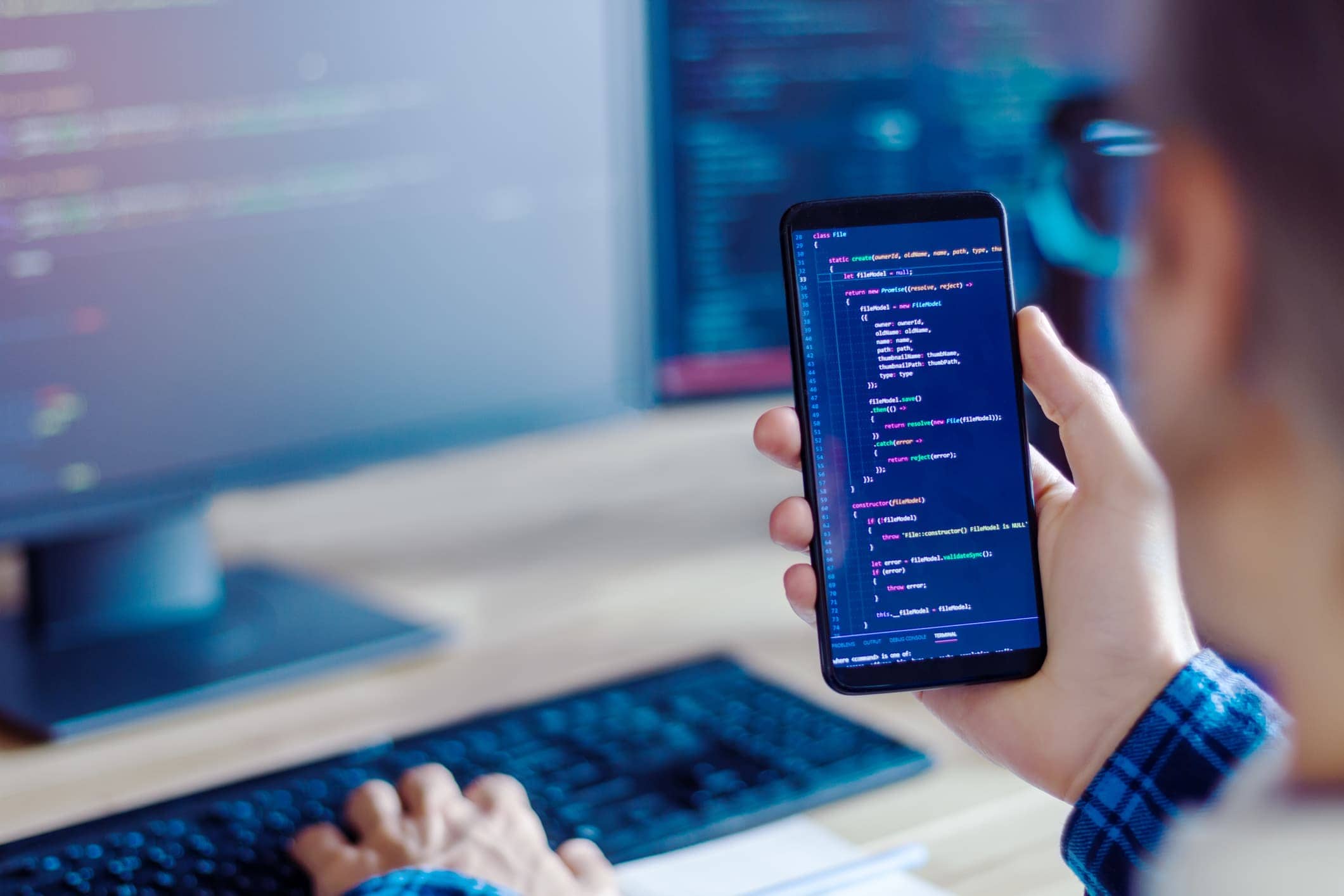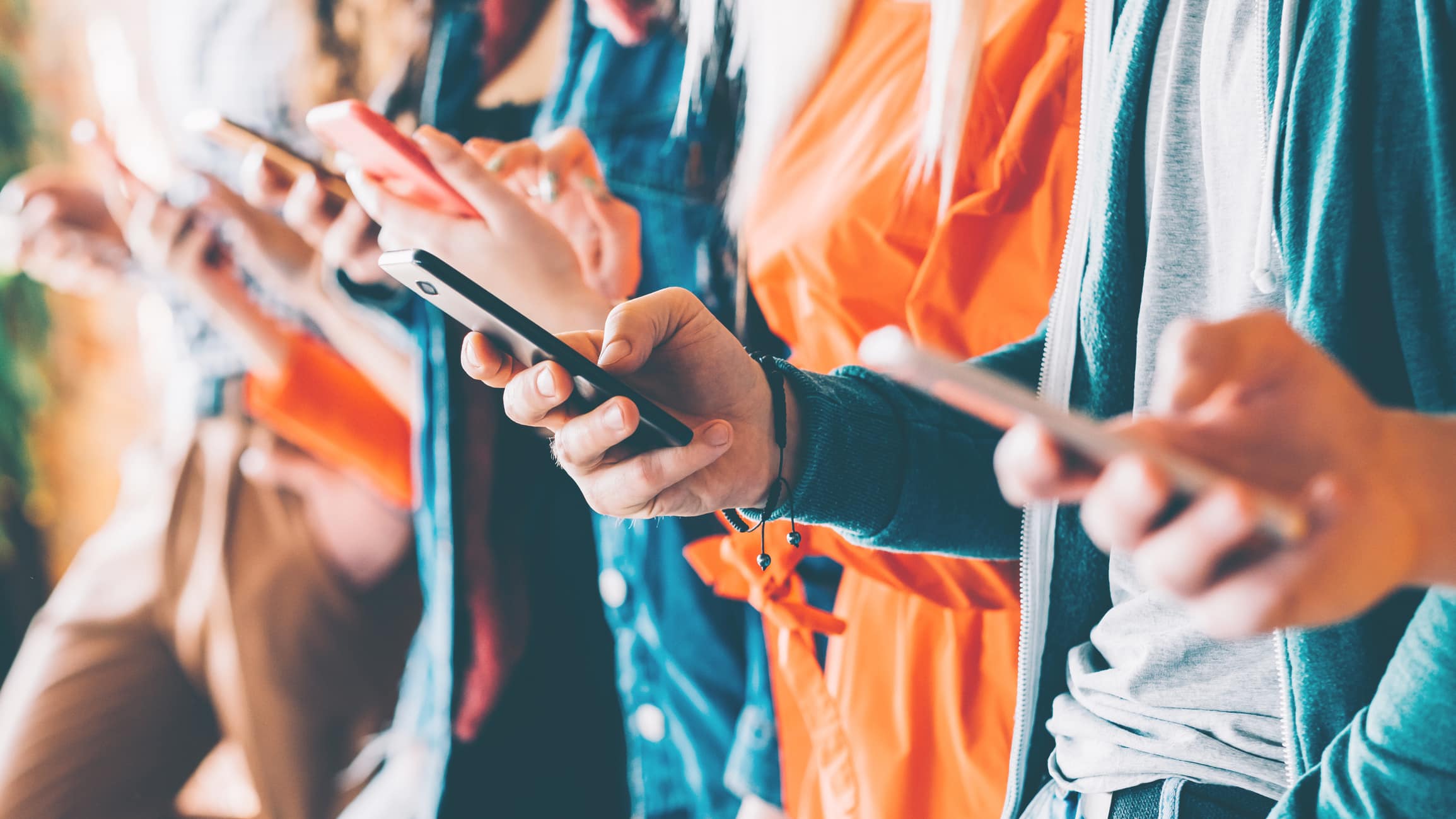There’s no question about it, we’ve entered the age of the mobile internet. According to a study from comScore, mobile now represents more than 65 percent of all digital media time — and the desktop is becoming a “secondary touch point” for internet usage. Because of the huge growth of mobile, more people are creating apps for users to access on their smart devices. In fact, by 2020, mobile apps are expected to generate $189 billion of revenue in the United States alone.
With the rapid growth of apps has also come a slew of changing app design trends. As technology develops and cultural aesthetics change, so do the look and function of apps — and it’s important to stay on top of those trends to create an app that functions well and appeals to a wide audience. To learn more about app design choices that are dominating this year, check out the list of five trends below.Calm Colour Palette
For years, bold, flashy and bright colours dominated the app world (e.g., Angry Birds or the frames and filters on Instagram). Today, however, app designers are trending toward a calm colour palette, where pastel, muted colours dominate the colour schemes — and companies are sticking to brand colours for cohesion. For examples of apps that have toned down colour schemes, check out the latest version of Pinterest or Airbnb.
No More Hamburger Menus
The hamburger menu — the three-lined menu symbol that reveals an app’s entire menu when tapped — was introduced originally to simplify things for users. However, designers now believe it may have made things more complicated, jumbling unrelated concepts and tasks. To simplify things for users and improve UX, app designers are going back to individual icons for navigation — allowing users to specifically target what they want to do and see on an app. Facebook’s app is a good example of one that has moved from a hamburger app back to navigation icons.
Social Media Integration
When designing apps in 2017, developers will focus on integrating social networks into those apps — making it easy to login to social media networks with simply the tap of a button in the app. Social media integration allows for easy app login (no need to type personal information into numerous fields), and it helps improve app personalisation.
Material Design
Material design is getting bigger and bigger in 2017. Originally developed in 2014 by Google, Material Design is a design language that helps onscreen elements appear three dimensional — or material. Material design uses things like edges, shadows and “cards” to make users feel like they are interacting with something tangible, and the animations in things that are designed with material design mirror the physical world (no more pointless animations). Good examples of apps made with material design include Evernote and Inbox by Gmail.
Gestures Over Buttons
For years, app designers included tappable buttons that allowed users to complete actions in an app. Today, however, designers are preferring gestures — like swipes (e.g., Tinder), spreads, pinches and more — to allow users to do things in apps, such as delete an email, zoom in or advance to the next page. Gestures, like materials design, mimic reality better than buttons do — and they create a more sensible, engaging experience for app users.
Share this
Subscribe To Our Blog
You May Also Like
These Related Stories

Look Back at 10 of the Best Apps From This Year’s World Cup

Why is Glance One of the Most Trusted Development Agencies in London?





